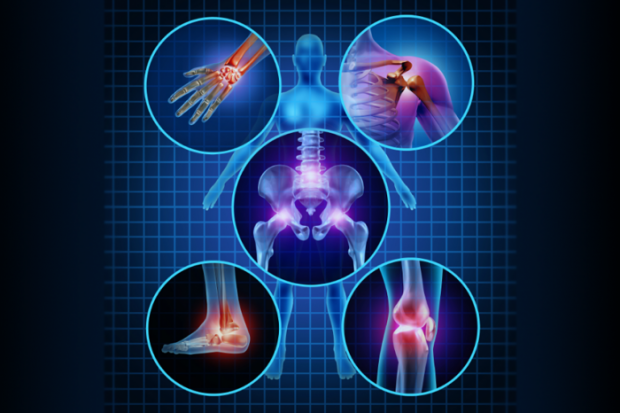
Breaking News
 2025-11-13 -- Stewart Rhodes - OathKeepers Relaunch & Wash. D.C. Rally - MP3&4
2025-11-13 -- Stewart Rhodes - OathKeepers Relaunch & Wash. D.C. Rally - MP3&4
 2025-11-13 — Ernest Hancock interviews Phranq Tamburri - Trump Report - MP3&4
2025-11-13 — Ernest Hancock interviews Phranq Tamburri - Trump Report - MP3&4
 38 Special vs. 380 ACP: Can They Be That Different?
38 Special vs. 380 ACP: Can They Be That Different?
 UN Targets Homeschoolers Through "Human Rights" Scheme
UN Targets Homeschoolers Through "Human Rights" Scheme
Top Tech News
 Blue Origin New Glenn 2 Next Launch and How Many Launches in 2026 and 2027
Blue Origin New Glenn 2 Next Launch and How Many Launches in 2026 and 2027
 China's thorium reactor aims to fuse power and parity
China's thorium reactor aims to fuse power and parity
 Ancient way to create penicillin, a medicine from ancient era
Ancient way to create penicillin, a medicine from ancient era
 Goodbye, Cavities? Scientists Just Found a Way to Regrow Tooth Enamel
Goodbye, Cavities? Scientists Just Found a Way to Regrow Tooth Enamel
 Scientists Say They've Figured Out How to Transcribe Your Thoughts From an MRI Scan
Scientists Say They've Figured Out How to Transcribe Your Thoughts From an MRI Scan
 SanDisk stuffed 1 TB of storage into the smallest Type-C thumb drive ever
SanDisk stuffed 1 TB of storage into the smallest Type-C thumb drive ever
 Calling Dr. Grok. Can AI Do Better than Your Primary Physician?
Calling Dr. Grok. Can AI Do Better than Your Primary Physician?
 HUGE 32kWh LiFePO4 DIY Battery w/ 628Ah Cells! 90 Minute Build
HUGE 32kWh LiFePO4 DIY Battery w/ 628Ah Cells! 90 Minute Build
 What Has Bitcoin Become 17 Years After Satoshi Nakamoto Published The Whitepaper?
What Has Bitcoin Become 17 Years After Satoshi Nakamoto Published The Whitepaper?
Sufferers Living With Severe Arthritis Could be Given Lasting Pain Relief Thanks to a New Technique

According to a study presented at the annual meeting of the Radiological Society of North America, researchers said the procedure could help reduce reliance on addictive opiates.
People with moderate to severe pain related to osteoarthritis face limited treatment options. Common approaches like injections of anesthetic and corticosteroids into the affected joints grow less effective as the arthritis progresses and worsens.
"Usually, over time patients become less responsive to these injections," said Felix M. Gonzalez, M.D., from the Radiology Department at Emory University School of Medicine in Atlanta, Georgia. "The first anesthetic-corticosteroid injection may provide six months of pain relief, the second may last three months, and the third may last only a month. Gradually, the degree of pain relief becomes nonsignificant."
Without pain relief, patients face the possibility of joint replacement surgery. Many patients are ineligible for surgery because of health reasons, whereas many others choose not to go through such a major operation.
For those patients, the only other viable option may be opiate painkillers, which carry the risk of addiction.

 Unbanked In A Connected World
Unbanked In A Connected World

